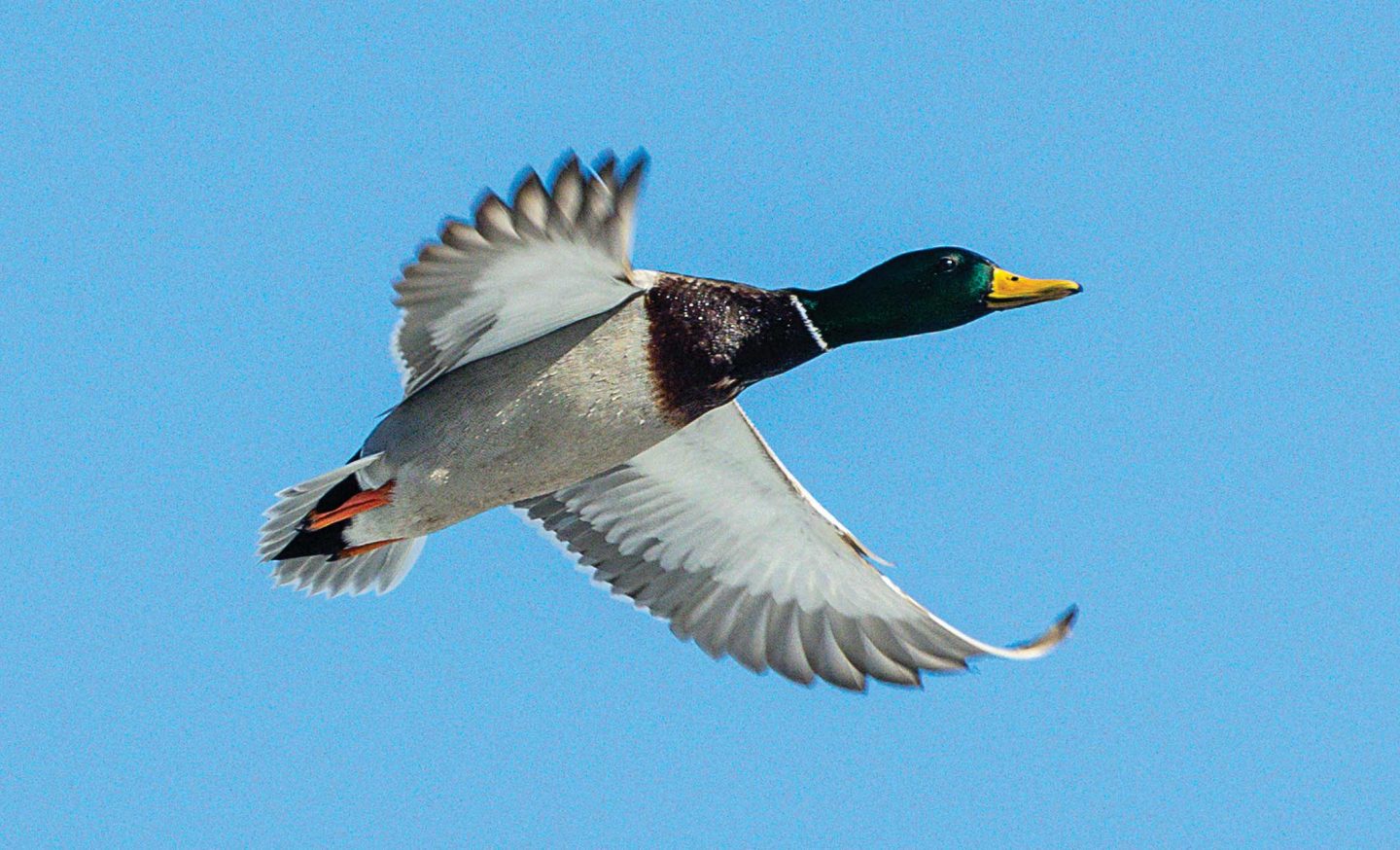
By Todd Mills
When most sane duck hunters have given it up for the season, I’m trying to figure out a way to get one more chance at late-season mallards. It can be feast or famine, but for me, fooling just one group is worth the effort.
Trying to find and harvest mallards in late January brings an extra set of challenges. By this point, they’ve seen it all. Decoys, calling and motion decoys aren’t nearly as effective, and unless you get harsh weather, field hunting can be tough as nocturnal feeding has become the norm.
If you can find water and you’ve got time to scout, you can find greenheads. Here are a few tips once you’ve found loafing birds.
Pair Them Up
By early January, most mallards are looking to find a partner. With ducks often traveling in pairs, the most seasoned duck hunter has no chance at fooling them. Decoy set-ups need to be different and adjusted frequently. Setting paired mallards outside the spread can be effective, especially when you’re around a large number of ducks.
Keep your calling to a minimum, and unlike earlier in the year when you work on hens, focus on single drakes. The drake “hum,” or soft hen quacks, especially early in the day, can be highly effective as they search for a mate.
Winds of Change
In early November, a brisk northwest wind gets every duck hunter fired up. Mid- to late-January is completely different. Already at their wintering grounds, ducks are anxious to get back to their breeding territory. A couple of days with warm temps followed by a south wind can get birds moving north. These birds can be hungry and anxious to find a place to loaf and drink.
Find Water and Find Birds
Quick warm ups can cause bodies of water to open back up, especially if you’re hunting big water or river systems. Look for points and coves that are exposed to wind. Even a small open hole can provide some
great gunning.
One word of caution here: If you’re using a dog, make certain they have enough room to retrieve without walking on thin ice. Having your dog walk on thin ice with current or deep water underneath is a recipe for disaster.
